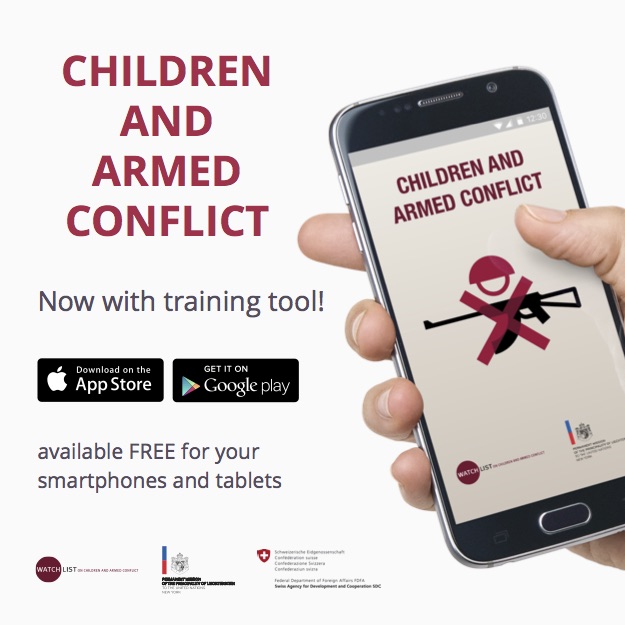Since December 2019, the novel coronavirus COVID-19 has spread to 216 countries and territories and claimed nearly one million lives globally. On March 23, 2020, UN Secretary-General Antonio Guterres called for a worldwide ceasefire in order to create conditions for the delivery of lifesaving assistance and focus resources on ending the pandemic. Since then, the UN has released policy briefs on the virus’ impacts on children and on education. Highlighting the devastating effects of armed conflict on children and other vulnerable populations, the Secretary-General noted that these groups are also at the highest risk of suffering devastating losses from COVID-19. In July, the UN Security Council unanimously adopted Resolution 2532 demanding “a general and immediate cessation of hostilities in all situations on its agenda” and a 90-day “humanitarian pause.”
In April, Watchlist on Children and Armed Conflict published a factsheet warning about the potentially devastating risks the COVID-19 pandemic could pose for children in conflict-affected countries. This update examines some of the ways in which these children have been impacted in the six months since the pandemic was declared and provides recommendations to mitigate these challenges.
Read the full updated factsheet here: https://watchlist.org/wp-content/uploads/2406-watchlist-factsheet-covid_final.pdf
Photo credit: ©UN Photo/Harandane Dicko




